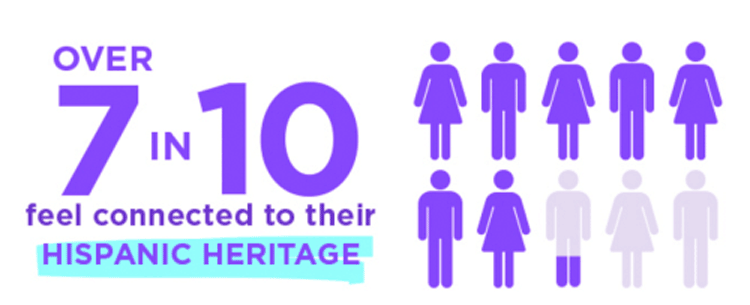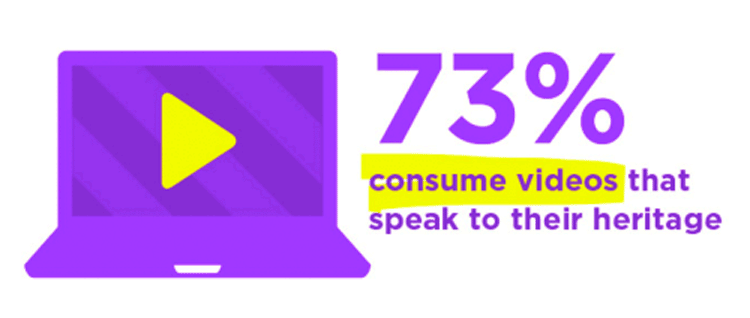3rd-Generation U.S. Hispanics: Perception vs. Reality [REPORT]
October 13, 2016
![]() By David Iudica, Senior Director, Industry Insights, Yahoo
By David Iudica, Senior Director, Industry Insights, Yahoo
At more than 17% of the population, Hispanics represent the largest ethnicity in the U.S., and they are expected to represent 29% of the population by 2060. That’s almost one in three Americans. What does that mean for marketers? Hispanics are quickly becoming one of the most coveted consumer groups, with an annual buying power expected to reach $1.7 trillion by 2019.
Young Hispanics, who are digitally savvy and culturally connected, are a particularly important audience. To help marketers gain a greater understanding of their interests and perceptions, we partnered with market research firm Ipsos and research partner Audience Theory to survey Hispanics in the U.S., with a specific focus on the third generation.
The 3rd-Generation Hispanic
We define the third-generation Hispanic as one who is born in the U.S., with both parents also born in the U.S., and at least one foreign-born grandparent. On the surface, it appears that the third generation’s cultural identity may be on the decline as English has become the more prevalent language for them, but our findings show it’s actually growing stronger. A wide variety of factors influence the third generation’s feelings of cultural connection. They find significant ties to the food they eat or cook (68%), and the traditions, celebrations and holidays they observe (55%).

Language is also a point of pride, but not seen as a requirement. The majority of respondents said speaking Spanish is valuable in America today, and that it’s a way of preserving their culture and heritage. On the flip side, of those who are not bilingual, nearly 40% feel anger at their family for not ensuring they learn Spanish.
Online video is the new mobilizer
As our previous study indicated, an increasing number of Hispanics are watching online videos via their smartphones, due to the richness of content and convenience. Of Spanish-dominant (those who prefer to speak Spanish over English) respondents, 94% use their mobile devices to watch video at least once a week (84% for English-dominant). Further, 72% like to watch online video from multiple devices, demonstrating a clear opportunity for marketers to leverage this format.

Making the brand connection: Create relatable scenarios
Third-generation Hispanics have specific opinions when it comes to the advertising that reaches them. Therefore, marketers should understand the difference between “Hispandering” and offering a true reflection of cultural realities, while keeping these insights in mind:
- 54% of third-generation Hispanics actively seek out and/or enjoy online content tailored to them as Hispanic/Latino
- 65% feel there should be more ads in English that speak specifically to Hispanics
- 53% welcome advertising targeted specifically to them as a Hispanic/Latino
- 51% of third-generation respondents believe advertising targeted specifically at them as a Hispanic/Latino does not accurately reflect their experience
- 49% believe advertisers need to do more than simply translate English-speaking commercials
As the purchasing power for young Hispanics continues to grow, the attention marketers give this audience needs to grow in parallel. For most third-generation Hispanics, their culture and heritage have an important impact on their self-identity, and this, in turn, influences how they view and engage with brands.
To download report CLICK HERE.































